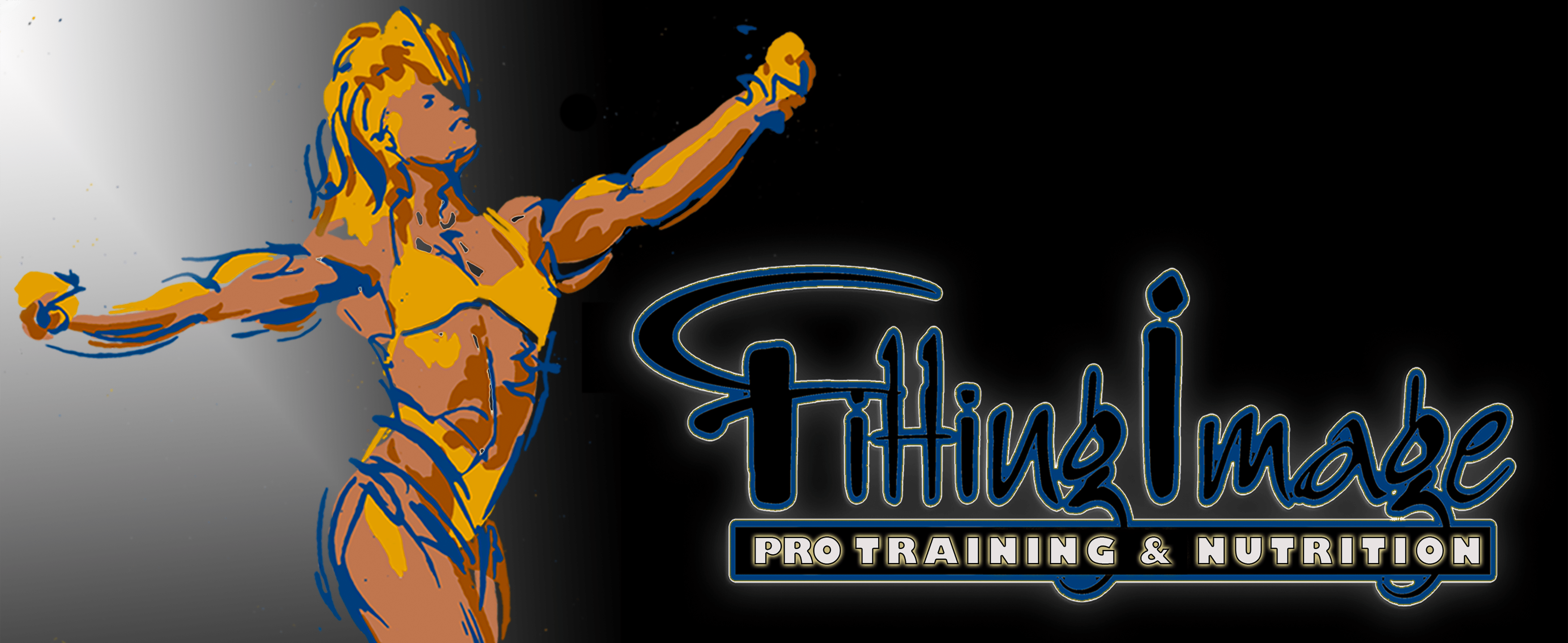
Stretching Myths: Separating Fact from Fiction
Stretching has long been touted as a fundamental practice for athletes, fitness enthusiasts, and individuals seeking to improve flexibility and prevent injuries. However, are touted benefits based on facts or just years of people repeating the same information thereby accumulatively earning it the assumption of truth?
I find that I frequently get into conversations with prospective and current clients about stretching. Most women come to me with the idea that stretching extensively will give them the long, lean physique of a dancer. This is accompanied with the same fear that not performing “lengthening” stretches will cause them to have short bulky muscles.
Most people I encounter believe stretching has some kind of all-inclusive transformative benefit to include strength, injury prevention, and body shaping. But is this belief based in fact?
Recent research and analysis have shed light on several myths surrounding stretching. In this article, I aim to debunk these myths and provide insights into the truth behind when and if you should stretch, and what impact stretching really has.
It is important to understand that there are different methods of stretching, each involving a different technique. I’ll go over these first since it is important to understand which type of stretching I am referring to.
Types of Stretching:
- Static Stretching: This involves holding a stretch in a stationary position for a specific duration. Static stretching is commonly used to improve flexibility and is often performed after physical activity. When someone refers to a stretching routine or class, this is generally the type of stretching that is performed.
- PNF (Proprioceptive Neuromuscular Facilitation): PNF stretching involves alternating between contraction and relaxation of the muscle being stretched. This technique utilizes a partner or a strap to facilitate deeper stretches and is commonly employed in rehabilitation settings.
- Dynamic Stretching: Dynamic stretching involves controlled movements that take muscles and joints through a full range of motion. It is commonly performed as part of a warm-up routine and used in preparing the body for specific activities.
Static stretching is what most people are referencing when they are talking about the need to stretch. I often get clients who want me to stretch them before and after a workout, a combination of static stretching and PNF. On occasion, I acquiesce if I really know the person. Forced stretching is generally not a good idea for a trainer. I prefer showing a person simple stretches to do on their own, while at the same time explaining some of the myths behind stretching.
These myths are hard to combat, simply because they are so ingrained in fitness culture, and because stretching just feels so darn good.
A personal story:
To show how ingrained some of these myths are, I want to share a story of personal experience. My youngest son, who like me, is genetically inclined to build muscle, for many years was a ballet dancer, beautiful, athletic, and graceful. However, frowned upon in the ballet world is muscle. They prefer the look of a prepubescent girl for their men.
My son had well-developed calves and quads from years of ballet jumping. His teacher with no knowledge of physiology, insisted that if he took yoga and Pilates it would lengthen his muscles and his well-developed legs would become “longer” looking.
I explained to her that the only thing that would give him “longer” muscles is if he grew taller; and the only thing that would make his legs smaller is if he stopped dancing, because those were his genetics. Still, this was a frequent suggestion made by many top ballet professionals who have no understanding of the body. This ignorance leads to so many dancers trying to starve their bodies away when their genetics are to be muscular.
It just shows that myths are not only annoying, and prevent progress at times, they can actually be dangerous in the long run.
Let me go over a few of the most common myths now.
Popular Stretching Myths:
Myth #1: Stretching Prevents Injuries
One of the most prevalent misconceptions is that stretching before physical activity can significantly reduce the risk of injuries. However, the current body of scientific evidence does not support this claim. Studies have shown that stretching alone does not provide substantial protection against injuries, especially acute injuries like sprains or strains. Instead, a proper warm-up routine that includes dynamic movements specific to the activity at hand, such as jogging or sport-specific drills, is more effective in preparing the body for exercise and reducing injury risks.
Myth #2: Stretching Increases Performance
Stretching has often been associated with enhanced performance capabilities. However, the scientific literature suggests otherwise. Static stretching, which involves holding a stretch for an extended period, has been shown to potentially impair strength, power, and explosive performance. It temporarily decreases the muscle’s ability to generate force, making it less suitable as a pre-performance routine for activities requiring power and speed. Dynamic stretching, on the other hand, involving controlled movements, has demonstrated the potential to improve performance when incorporated into a comprehensive warm-up routine.
Myth #3: Stretching Physiologically Lengthens and Shapes a Muscle
Contrary to popular belief, stretching does not result in permanent physiological lengthening of muscles. The origin and insertion of the muscle is the same. The muscle fibers themselves do not undergo structural changes that lead to increased length. Instead, stretching primarily affects the perception of tightness, tolerance to stretching, and the nervous system’s response to muscle elongation. Stretching can improve the muscle’s ability to relax allowing the joint to go through a full range of motion, which is beneficial. This increase in the muscle’s extensibility by influencing the stretch reflex, allowing for greater range of motion is temporary. The muscles do not undergo significant structural changes in length or shape.
Myth #4: Static Stretching Makes a Good Warm-Up
While static stretching is not the most effective warm-up strategy, incorporating dynamic stretching, which involves controlled movements that mimic the activity to follow, can be beneficial. Dynamic stretching increases blood flow, activates the nervous system, improves range of motion, and prepares the body for physical exertion. Pairing dynamic stretching with a light aerobic activity, such as jogging or cycling, can further enhance the warm-up process. The full range of motion movement provides the warm-up.
Myth #5: Stretching Protects Your Joints
Stretching alone does not provide direct protection to joints. However, incorporating flexibility exercises, including stretching, as part of a well-rounded exercise routine, can contribute to joint health indirectly. Improved flexibility can help optimize joint mobility, allowing for proper movement patterns in life and in your training. It is one element along with strength that helps reduce the risk of muscle imbalances that could place excessive stress on the joints. The key here is having equal strength through the full and natural range of motion of the joint.
Are There Circumstances Where Stretching Can Hurt You?
While stretching is generally safe for most individuals, there are situations where caution should be exercised. Stretching should be approached with care in cases of acute muscle strains, ligament sprains, or joint instability. Additionally, individuals with certain medical conditions, such as hypermobility or specific joint disorders, may need to consult with a healthcare professional to determine appropriate stretching techniques and avoid exacerbating their condition.
Stretching and Weightlifting
As mentioned above, excessive static stretching before weightlifting and power activities requiring strength and explosive power can temporarily impair performance. Incorporating dynamic stretching and specific warm-up exercises that mimic the movements of the activity can be more beneficial if you are wanting to do your best lift.
However, post-workout stretching can aid in recovery and promote flexibility gains over time. In the long run, if your issue with performing an exercise like a perfect full-range squat is the lack of mobility in your hips, hamstrings, or Achilles, then routinely working on this with flexibility exercises can be beneficial.
I find that a deep squat is often difficult for a lot of people, either because of mobility issues, or because they are just weak in that range of motion. This causes them to shift into the wrong position, or simply fail at the motion. I often work people into a full range of motion squat by training them on other exercises like lunges, stiff-legged deadlifts, and leg press. This allows them to stretch the hips and hamstrings through a full range of motion under resistance, aiding in their flexibility and strength, improving their performance on the squat.
Most of your flexibility gains are going to be achieved through performing ALL exercises through the full range of motion of the joint under resistance.
Conclusion:
Stretching is a multifaceted topic, often clouded by myths and misconceptions. While stretching alone may not prevent injuries, increase performance, or structurally lengthen muscles, it can contribute to overall flexibility and joint health when combined with a comprehensive warm-up routine and appropriate training practices. Understanding the different types of stretching and their effects on various activities is crucial for optimizing performance and minimizing the risk of injury. The current understanding suggests that dynamic stretching and mobility exercises may be more beneficial before physical activity, as they can enhance joint range of motion and prepare the body for movement. It’s important to note that the effects of stretching can vary depending on the specific context, type of activity, and individual factors. As with any physical activity, it is advisable to consult with a healthcare professional or a qualified trainer to develop an individualized stretching routine based on specific needs and goals.
Just for reference, here are just a few studies that dispel some of the myths of stretching:
- Power et al. (2014): This study published in the Scandinavian Journal of Medicine & Science in Sports found that static stretching before exercise did not enhance performance or prevent injuries in endurance runners.
- Behm et al. (2016): In this systematic review published in Applied Physiology, Nutrition, and Metabolism, the authors concluded that static stretching prior to athletic performance might impair strength, power, and explosive performance.
- Simic et al. (2013): This systematic review published in the British Journal of Sports Medicine examined the effects of stretching on muscle performance and found that static stretching had a negative impact on explosive muscular performance, such as jump height and muscle power.
- Thacker et al. (2004): Published in the Clinical Journal of Sport Medicine, this review examined the effectiveness of stretching for the prevention of sports injuries. The authors concluded that there was little scientific evidence to support the use of stretching as a preventive measure.
- Kay et al. (2012): In this study published in the Journal of Strength and Conditioning Research, researchers found that static stretching had no effect on muscle soreness or performance in elite collegiate swimmers.




